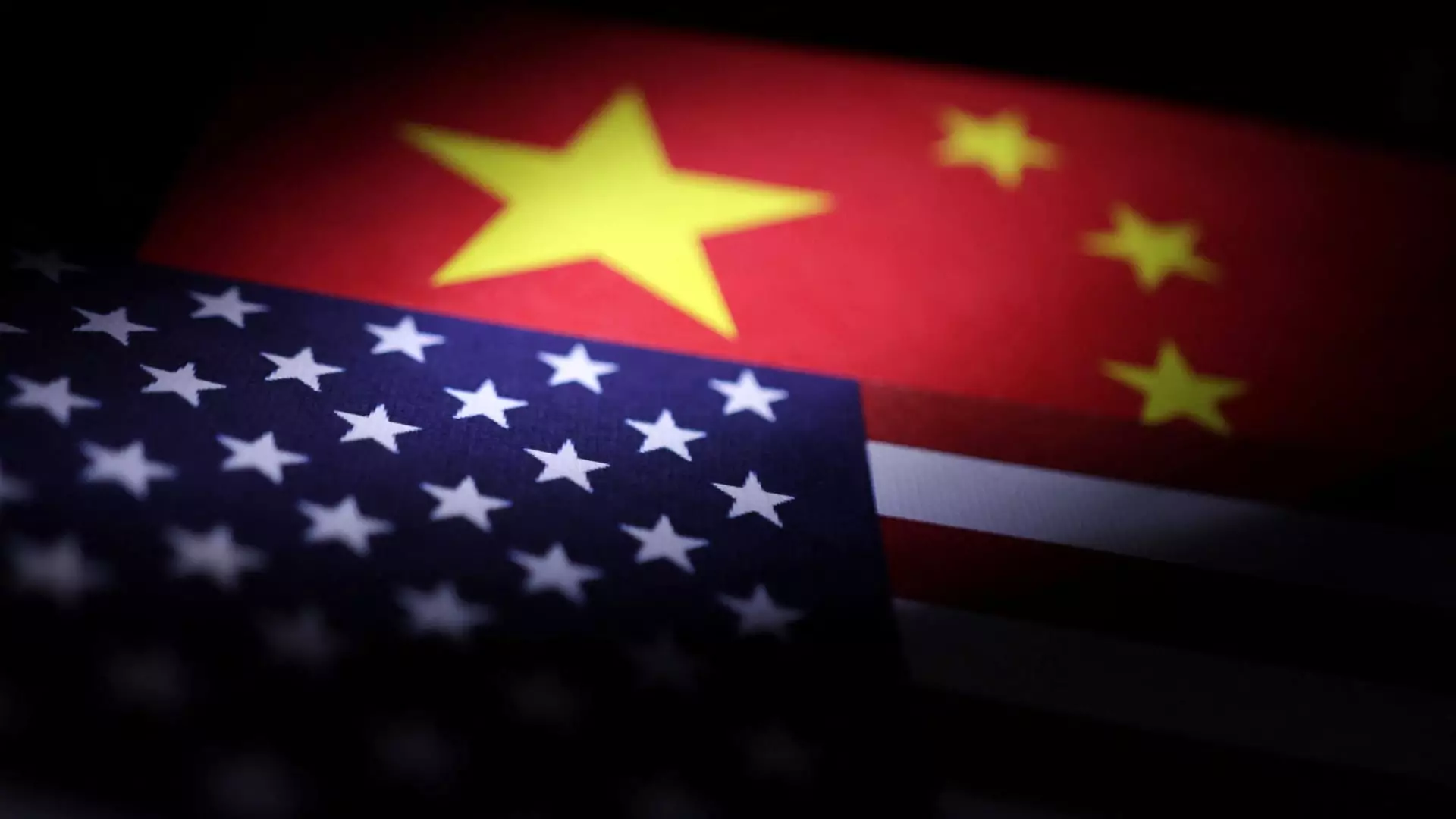In the ever-evolving landscape of international trade, the recent escalations in U.S.-China relations signal a powerful shift that could reshape global economic frameworks. As China warns countries against cooperating with the United States to the detriment of its interests, a broader spectrum of geopolitical implications emerges. The stakes have never been higher, especially as the trade rift between these economic giants threatens to involve smaller nations in a conflict that fundamentally alters trade dynamics.
Retaliation and Its Ripple Effects
China’s assertion that it will retaliate against nations aligning with the U.S. marks a significant hardening of its position. The country emphasizes that reaching trade agreements at its expense would not be tolerated, indicating that any such actions would elicit comprehensive countermeasures. This threat not only reveals China’s determination to safeguard its economic sovereignty but also introduces a troubling precedent: an increasingly fragmented world of trade relations. The fear is palpable that international trade may devolve into a chaotic realm reminiscent of the “law of the jungle,” where might makes right and collaboration is fraught with peril.
The Dichotomy of Trade Practices
The rhetoric coming from China’s Ministry of Commerce underscores a profound discontent with what is perceived as the U.S.’s abusive trade policies. By articulating its commitment to international fairness and justice, China attempts to position itself as a defender of a more equitable global trading environment. This dynamic creates a sizable paradox, as both the U.S. and China accuse each other of unilateral bullying, leaving global partners in an increasingly uncomfortable position as they navigate a minefield of conflicting interests.
Economic Shifts and Strategic Realignments
As U.S. tariffs grow ever more aggressive, China’s response has been eye-catching and strategic. The implementation of hefty levies on American imports and restrictions on essential mineral exports signals a willingness to confront U.S. tariffs head-on. Interestingly, even as tensions rise with the U.S., China has adeptly pivoted towards strengthening ties in Southeast Asia. This proactive approach not only mitigates the risk of economic isolation but also reinforces China’s position as a dominant trade player in the region.
Leadership Changes Reflecting a New Strategy
China’s decision to replace its chief trade negotiator with Li Chenggang hints at a shift in strategy, possibly signaling a more combative approach moving forward. Such changes at the top may not only enhance China’s negotiation capabilities but also reflect a deep-seated belief that resilience in the face of external economic pressure is paramount. As it stands, the prospect of reaching a lasting agreement with the U.S. remains tenuous at best, particularly as both nations brace for a drawn-out economic confrontation.
The Role of the World Trade Organization
In this context, China’s lawsuit against the U.S. within the framework of the World Trade Organization adds another layer of complexity. By seeking redress through international legal channels, China aims to bolster its stance against what it views as unfair trade practices. The outcome of this dispute could very well influence not just the U.S.-China relationship but also the broader global trading system and how international regulations are perceived moving forward.
China’s narrative is clear: it will not yield to pressure nor accept terms that undermine its interests. In this high-stakes game of economic chess, both nations must grapple with the long-term implications of their actions, not just for their economies but for the interconnected world of global trade.

